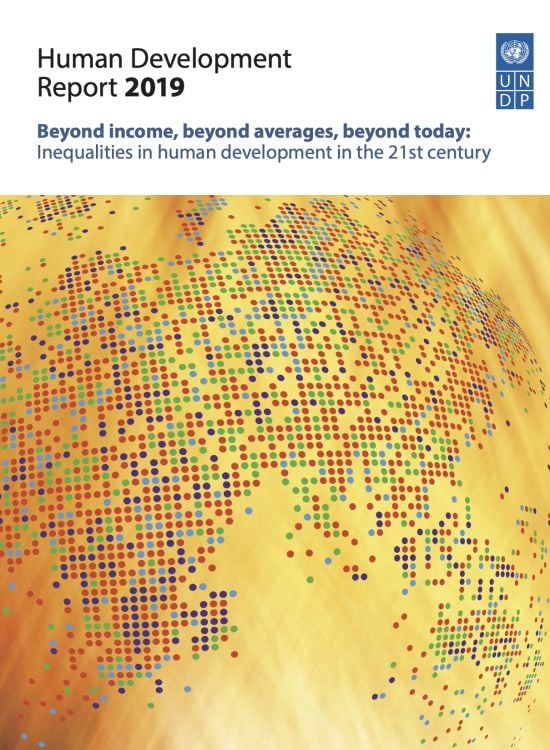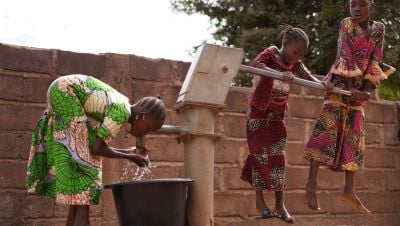Human Development Report 2019
Beyond income, beyond averages, beyond today: Inequalities in human development in the 21st century

UNDP (United Nations Development Programme). 2019. Human Development Report 2019: Beyond income, beyond averages, beyond today: Inequalities in human development in the 21st century. New York.
Human Development Report 2019
Beyond income, beyond averages, beyond today: Inequalities in human development in the 21st century
In every country many people have little prospect for a better future. They are without hope, purpose or dignity, watching from society’s sidelines as they see others pulling ahead to ever greater prosperity. Worldwide many have escaped extreme poverty. But even more have neither the opportunities nor the resources to control their lives. Far too often a person’s place in society is still determined by ethnicity, gender or his or her parents’ wealth. Inequalities. The evidence is everywhere. These inequalities in human development are a roadblock to achieving the 2030 Agenda for Sustainable Development. They are not just about disparities in income and wealth. They cannot be accounted for simply by using summary measures of inequality that focus on a single dimension. And they will shape the prospects of people that may live to see the 22nd century. This Report explores inequalities in human development by going beyond income, beyond averages and beyond today. It asks what forms of inequality matter and what drives them, recognizing that pernicious inequalities are generally better thought of as a symptom of broader problems in a society and economy. It also asks what policies can tackle those drivers—policies that can simultaneously help nations to grow their economies, improve human development and reduce inequality. It is hard to get a clear picture of inequalities in human development and how they are changing. In part because they are as broad and multifaceted as life itself. In part because the measures we rely on, and the data that underpin them, are often inadequate. Yet important patterns repeat again and again.

